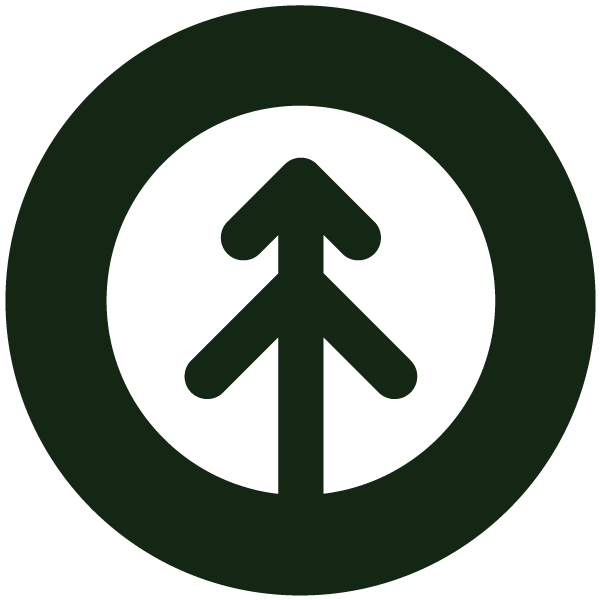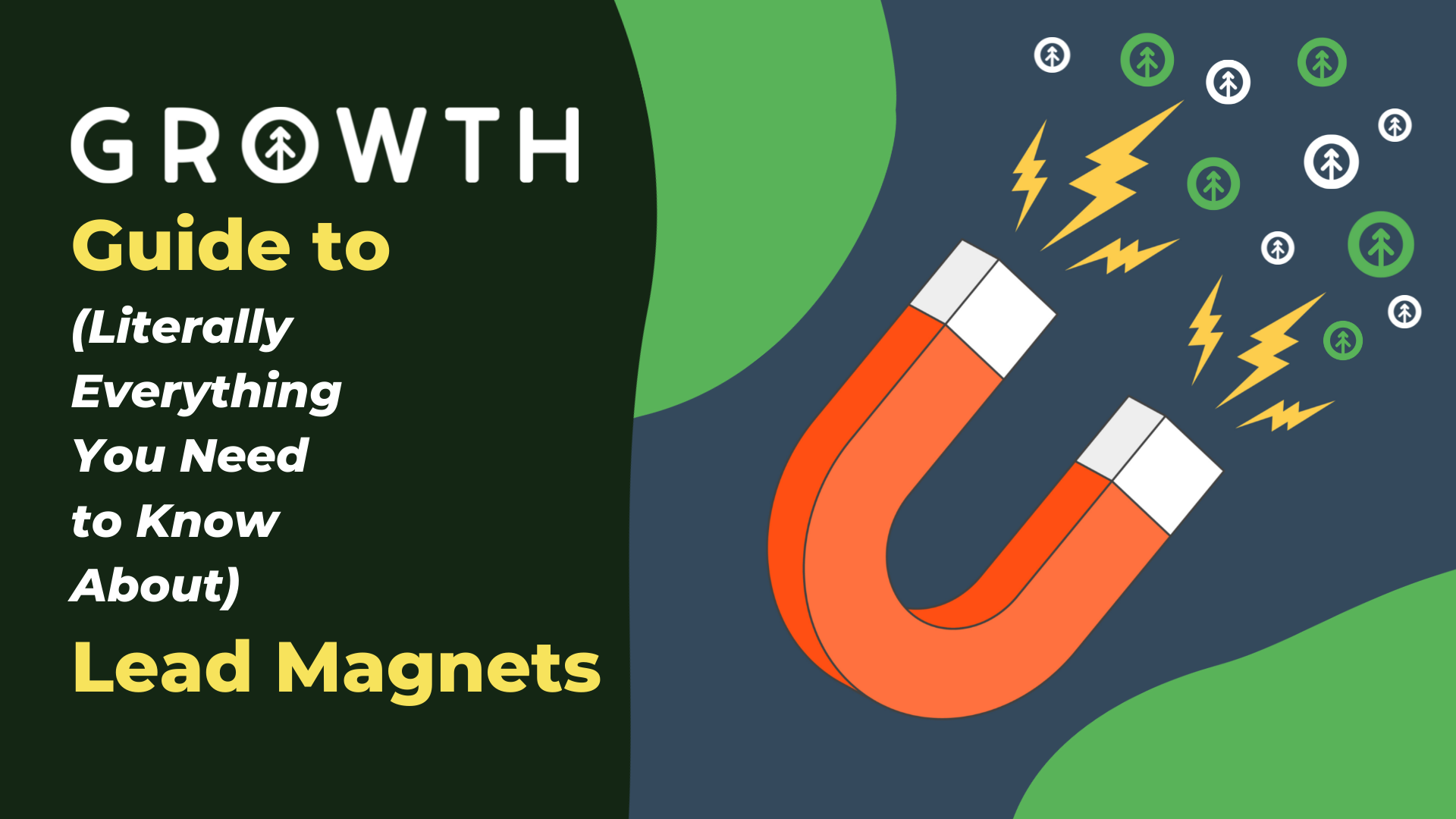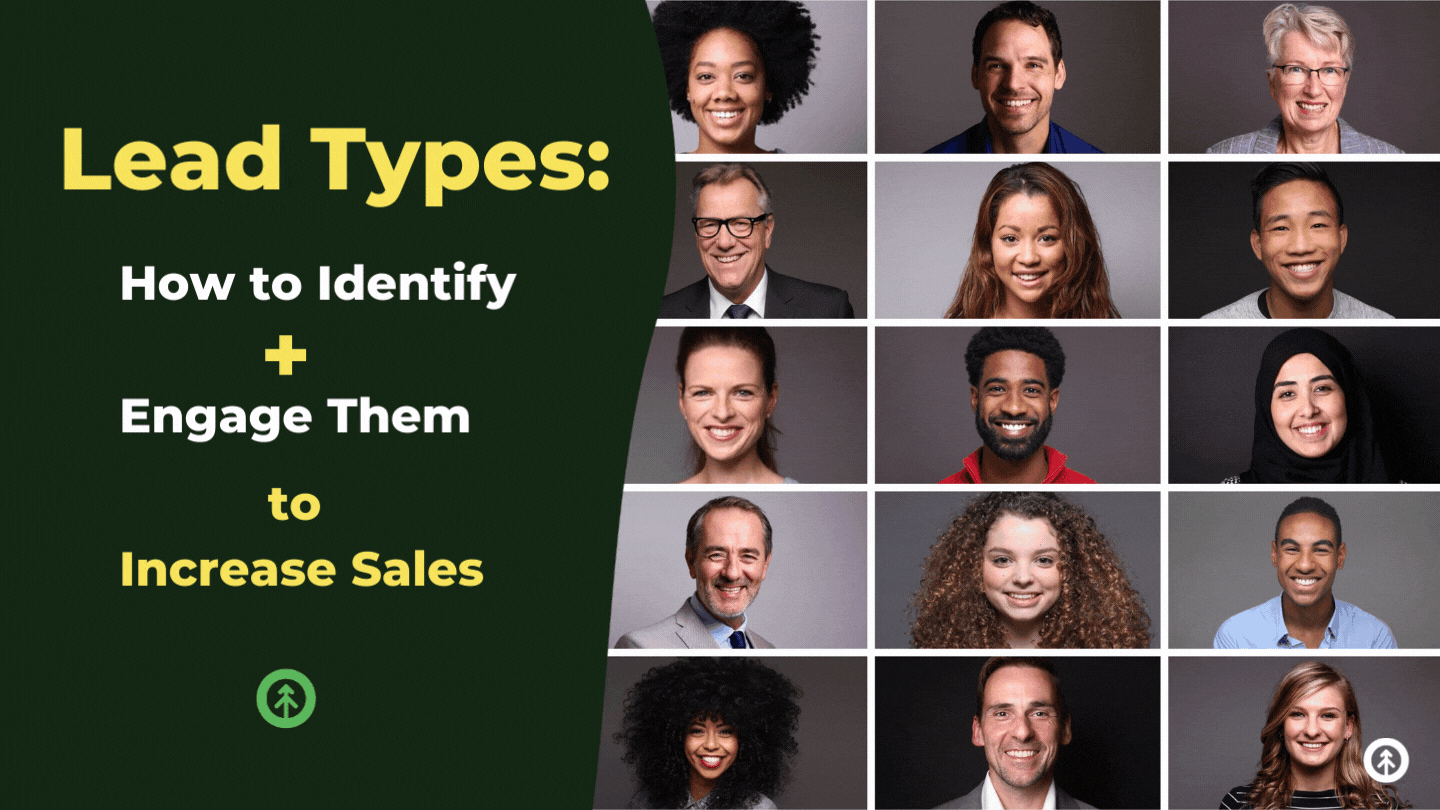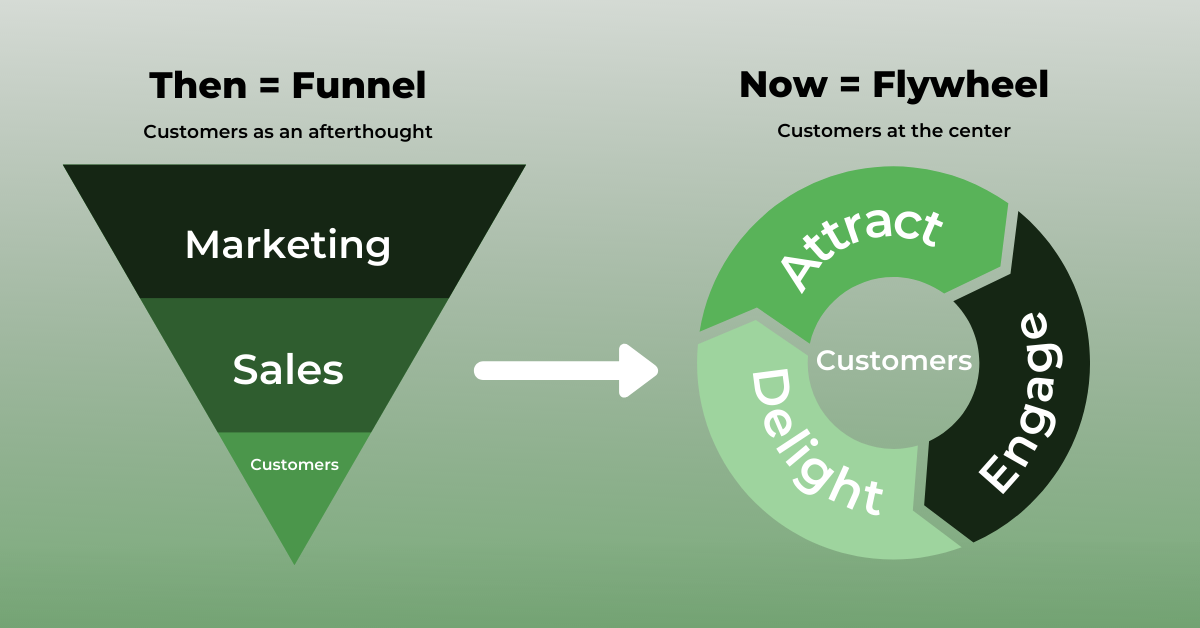Top 6 Tips for Optimizing Your Website for Lead Generation
(last updated August 29, 2022)
Before going heads-down on optimizing your website for lead generation, take a hot minute to think carefully about what you mean by a “lead.”
Does that mean that someone who visited your website filled out a form? Signed up for your newsletter? Set up a meeting?
Not all leads are equal.
- Marketing Qualified Leads have signaled interest in your business, but may not be ready for a sales call yet.
- Sales Qualified Leads have taken actions that imply they may want to become a customer, such as requesting a quote.
Here are the basics:
Lead generation starts when a visitor clicks on a call-to-action (CTA) on one of your site pages or blog posts. This CTA should take them to a sales-optimized landing page, which should include a form where they can fill out their contact information. Submitting that form takes them to a thank you page.
Six of the most important thing you can do to make sure your casual website visitor hops into your sales pipeline:
- Create a Clear Value Proposition
- Offer Social Proof
- Design Great CTAs & Landing Pages
- Make Offers Your Prospects Love
- Test It
- Place Forms in High Traffic Areas
Let’s take a deep dive into these actions you can perform to get more leads from your website.

Clear Value Proposition
On average, it takes users 3-5 seconds to decide how they feel about a website. With that stat in mind, we don’t need to tell you how important it is to make the right first impression. Emphasis on the word “right” here.
In other words, your own unique value proposition should be the first thing they notice.
A value proposition summarizes the primary benefit that you offer your buyer personas. It should be short and concise and identify exactly what makes you capable of solving problems that your competitors can’t.
Your value proposition should immediately trigger your ideal customer to say: “Whoa. Wait. Who are these guys again?!” and click back to your business page to check you out more.
Here are our top value proposition tips:
- 4-6 words (not easy, we know)
- Engage your reader
- Show value
- Be authentic
- Stick to the tone of your brand: casual, professional, technical, etc.
- Be specific: use concrete nouns and verbs
- Make it more memorable than likable
- Be clear; don’t complicate it
Before you spend hours on the copy for your homepage, remember that your buyer might pop in from anywhere to any page on your site.
Make sure that you remind them of what makes you valuable and why they should buy from you on every page.
That means that you should create as many 4-6 word phrases that show your value proposition as possible. Brainstorming these with stakeholders, your team, and people you trust can help you explore and expand your thoughts on this.
Add your value proposition to all of your pages, especially at the top of a form that you use to collect data.
Creating higher conversion happens when your potential leads see your value proposition, and they’re bound to see it here more than any other place on your website.
Put Yourself in Your Potential Lead’s Shoes
Once you feel good about your value proposition, adopt your buyer persona’s point of view and check out your own company website for 5 seconds. Ask yourself:
- What product or service does this company offer?
- What is unique about this company’s product or service?
Now screenshot pages from your website and send them to outsiders and ask them the same two questions.
Answers to these questions should be perfectly aligned with exactly what your company does. If not, keep at it until the answers and questions line up.
If they do add up, your value proposition is optimized for lead generation. Congratulations! That’s the hard part, truly.
Social Proof
Visitors to your website need to feel that they can trust your product or service. If you highlight your top customers on your website, that’s social proof, and people respond to that.
If you have a client or customer that is a trusted, well-known brand, visitors can see that you’ve been of service to businesses they know, and that generates esteem, which generates leads.
Display your top clients’ company logos beneath your value proposition so that visitors associate your companies together.
Getting your customers to mention you somewhere on their website activates backlinking which optimizes your website for search engines. This leads to more organic traffic for your website. Check your Google Analytics account to track backlinks.
For the Future: When your website goes viral, make it a practice to do this for your own clients who are just starting out. Pay it forward.
More ideas to provide social proof:
- Testimonials
- Customer photos
- Video testimonials
CTA + Landing Pages

Call-to-Action buttons (CTAs) should show up often and in relevant spaces on every page of your website. The last thing you want is for your ideal buyer to say: “Take my money!” and not have a way to contact you.
Use contrasting colors from your site (preferably your brand colors), but keep it simple. HubSpot CMS offers tools to create CTA buttons in a snap.
Use active verbs in your CTAs to place your customer in their rightful role as the ones receiving the benefits. (It’s true!)
Meanwhile, about landing pages: Companies with 30+ landing pages on their website generated 7X more leads than companies with 1 to 5 landing pages according to one HubSpot survey.
To get more landing page ideas, check out these examples.
Offers
Free trials and demos allow a growing company to generate demand by creating first a list of leads who are piloting your product or service.
Offer a free trial of your product on your homepage using a CTA and form that collects their names and email.
After you demo a product, follow up to see what they thought of it. If they loved it, ask for a referral (remember, social proof).
Generate interest in your business by creating blog content about what you do best or what you know that’s related to what your business offers.
If you keep it up, you’ll end up with an eBook that can add even more value for your customers.
As well, blog content develops page authority which ranks your website on Google.
Organic visitors from Google searches are looking for solutions to a problem you can solve — and that means more leads that become your ideal customers.
If you don’t know what to write for your blog, research keywords that are relevant to your industry and create a group of blog posts around those words and ideas.
Test It Often
It’s really important to test how each of your existing lead generators is contributing to your business.
A Website Grader evaluates your lead generation sources like landing pages and CTAs and indicates how you can improve them.
A/B testing is also incredibly useful. Compare your landing pages that are performing well with landing pages that aren't to figure out why and resolve the issues.
For instance, if Landing Page A gets 1,000 visits and 10 of those people filled out the form and converted to leads, that’s a 1% conversion rate.
If Landing Page B gets 1,000 visits and converts 50 into leads that would be a well-performing page that you’d want to replicate. You would just need to figure out the difference between the two pages and optimize Landing Page A.
This free eBook from HubSpot is great for getting started with A/B testing.
Add Forms to High Traffic Areas
Take note of your current state of lead generation before you begin optimizing your website. This way, you can figure out if some of your existing pages are already excellent lead generators that you can replicate.
It’s also a great way to track your success at optimization, right?

Start by auditing where your website’s traffic comes from. These are your lead generators.
Here are some common places a business might get visitors:
- Email Marketing: Click-throughs to your website from one of your emails.
- Social Media: Engagement from one of your social media profiles.
- Live Chat: From automated customer service bots on your website.
- Blog Posts: Traffic from your highest-performing blog posts.
Wherever leads are coming from, make sure the pages they're landing on are working as hard as they can to nurture your visitors into leads.
For example, if a lot of potential leads are clicking on links to your website from your Facebook page, curate those landing pages with content that keeps them on your site.
A Note on Mobile: Over 6 BILLION people on the planet have smartphones. If your website is not mobile-friendly, you’re missing out on a LOT of potential leads you would otherwise have.
On your pages that get the most traffic, add longer-form, gated content (if you have it) that’s relevant to your business like reports, statistics, eBooks, and webinars that visitors can access through forms that request their contact information in exchange.
Analytics tools like HubSpot give you reports on all this information so you always know which pages are doing what and who’s engaging so that you can keep optimizing your website for lead generation for years to come.
Growth is a Platinum HubSpot Solutions Partner, and there’s nothing we love more than working with businesses to get the right tools in place to turn traffic into leads and leads into customers.
Set up a meeting with us, and let us show you what HubSpot (and an optimized website) has done for us, and what it can do for your business. Heck, we can even build you one!
Explore More Insights: Related Blog Posts
-
 Sales EnablementSep 1, 2021
Sales EnablementSep 1, 2021 Growth Marketing Firm
Growth Marketing FirmTop 10 Strategies for Lead Generation
Lead generation is the process of attracting prospects to your business. A visitor can be converted to a lead...
-
 Inbound MarketingJul 8, 2022
Inbound MarketingJul 8, 2022 Growth Marketing Firm
Growth Marketing FirmThe Growth Guide to Lead Magnets
Growth Marketing Firm · The Growth Guide To Lead Magnets “Lead Magnet!” What a great term, right?!
-
 Inbound MarketingSep 9, 2021
Inbound MarketingSep 9, 2021 Growth Marketing Firm
Growth Marketing Firm9 Ways to Improve Lead Gen with Form Optimization
(last updated August 29, 2022) If your sales-enabled website is a lead-generating hurricane, its forms are...
-
 Inbound MarketingJan 6, 2023
Inbound MarketingJan 6, 2023 Growth Marketing Firm
Growth Marketing FirmTop 4 SEO Benefits of Blogging
We already know that SEO drives business.
-
 Sales EnablementJan 28, 2022
Sales EnablementJan 28, 2022 Growth Marketing Firm
Growth Marketing FirmLead Types: How to Identify + Engage Them to Increase Sales
In our previous blog article, 8 Daily Habits for a Healthy Sales Pipeline, we went over our top strategies...
-
 Website DesignOct 2, 2023
Website DesignOct 2, 2023 Chris Nault
Chris NaultTransforming Your Website: What to Fix and How
In our recent enlightening webinar, Chris Nault, the CEO and founder of Growth, shared invaluable insights on...
-
 HubSpotJan 25, 2022
HubSpotJan 25, 2022 Growth Marketing Firm
Growth Marketing FirmHubSpot for Tech + SaaS Companies
SaaS (Software As A Service) and technology companies share a lot in common: a focus on technology–which is...
-
 Inbound MarketingMay 7, 2021
Inbound MarketingMay 7, 2021 Ashley Lilly
Ashley LillyReplace your Sales Funnel with HubSpot Flywheel
Question: Does your business create content specifically for existing prospects with the purpose to convert...
-
 Sales EnablementAug 26, 2021
Sales EnablementAug 26, 2021 Growth Marketing Firm
Growth Marketing Firm10 Steps for Building a Webinar
(last updated May 11, 2022)

